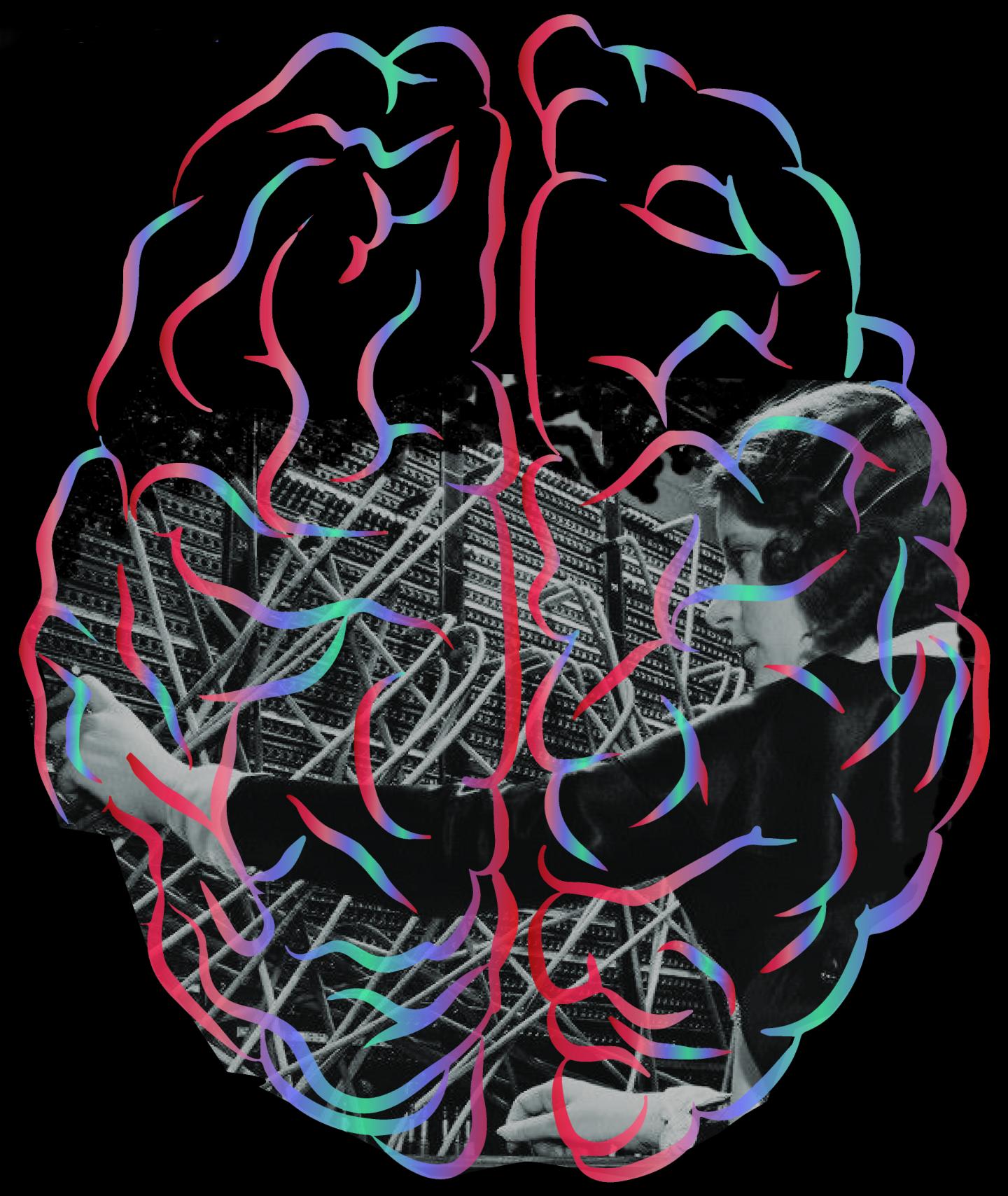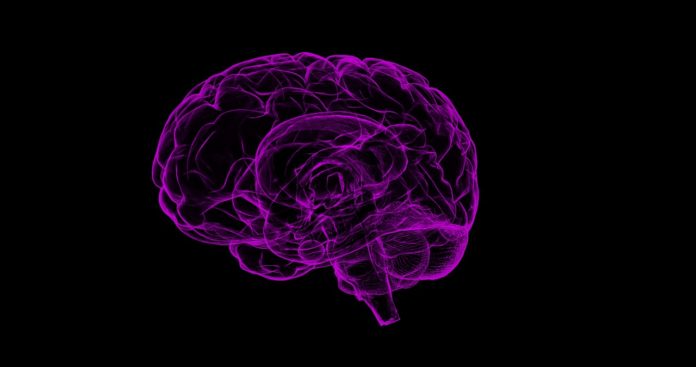Practice is an essential thing required to learn anything. It is nothing but the training of brain that holds the potential to overcome disabilities caused by neurological disease or trauma.
Scientists at the Montreal Neurological Institute and Hospital of McGill University (The Neuro) have shown that brains are more plastic than previously thought. According to them, this property could one day used to diagnose brain conditions like stroke.
Scientists have discovered that practice can change the way that the brain uses sensory information. Depending on the earlier training type, they showed that a part of the brain called the area middle temporal (MT) can be either critical for visual perception, or not important at all.
If some damage happens to MT area, it causes motion blindness in which patients have a clear vision for stationary objects but are unable to see motion. Such deficits are somewhat mysterious as the area MT is just one of many brain regions involved in visual motion perception.

Credit: Pack Lab
According to many studies, MT area uses a task in which subjects view small dots moving across a screen and indicate how they see the dots moving. To discover how crucial it is, scientists replaced the moving dots with moving lines. Moving lines stimulate the outside of area MT.
On the other hand, subjects who practiced with moving dots exhibited motion blindness when MT was temporarily deactivated. The motion blindness persisted even when the stimulus was switched back to the moving lines, indicating that the effects of practice were very difficult to undo. Meanwhile, small differences in the training regimen can lead to profoundly different changes in the brain.
Through this, stroke patients could retrain their brains to use different regions for the vision that were not damaged by the stroke.
Christopher Pack, the paper’s senior author said, “Years of basic research have given us a fairly detailed picture of the parts of the brain responsible for vision. Individual parts of the cortex are exquisitely sensitive to specific visual features like colors, lines, shapes, motion.”
“It’s exciting that we might be able to build this knowledge into protocols that aim to increase or decrease the involvement of different brain regions in conscious visual perception, according to the needs of the subject. This is something we’re starting to work on now.”
